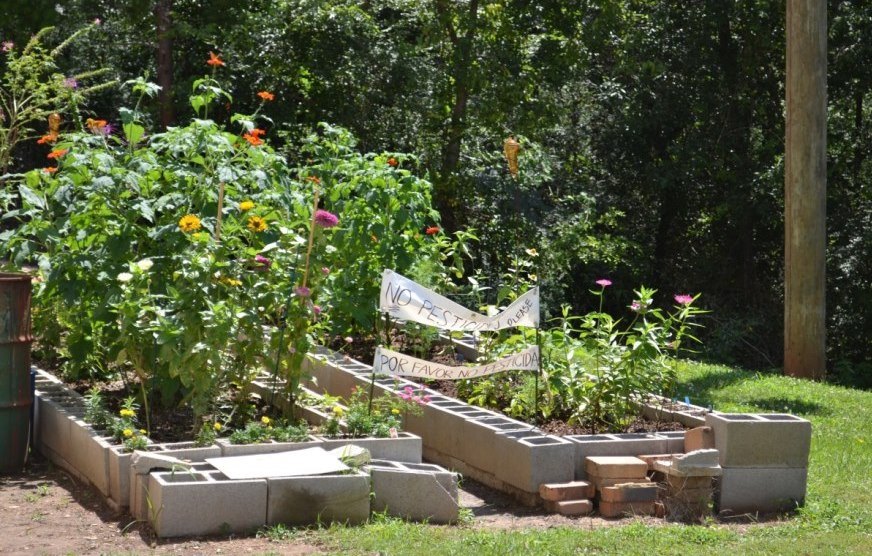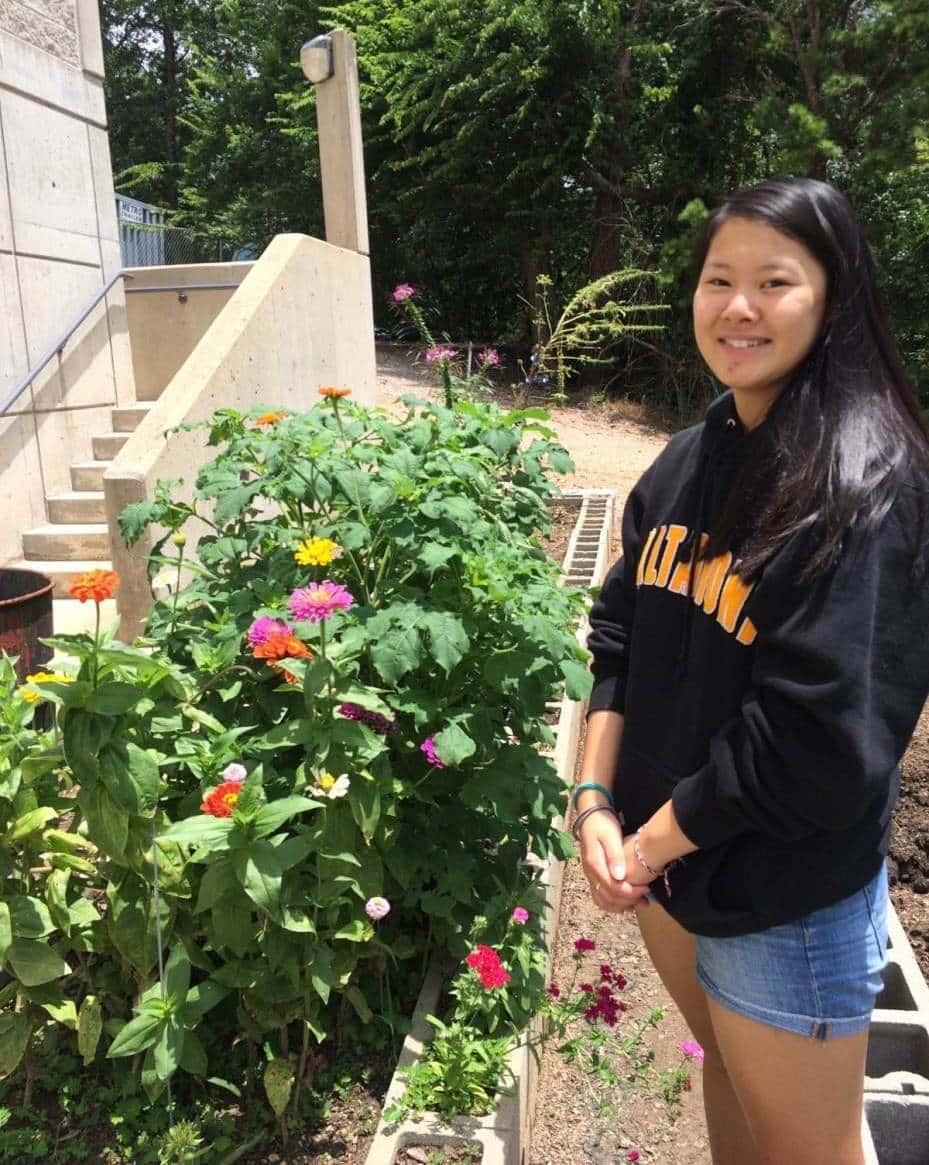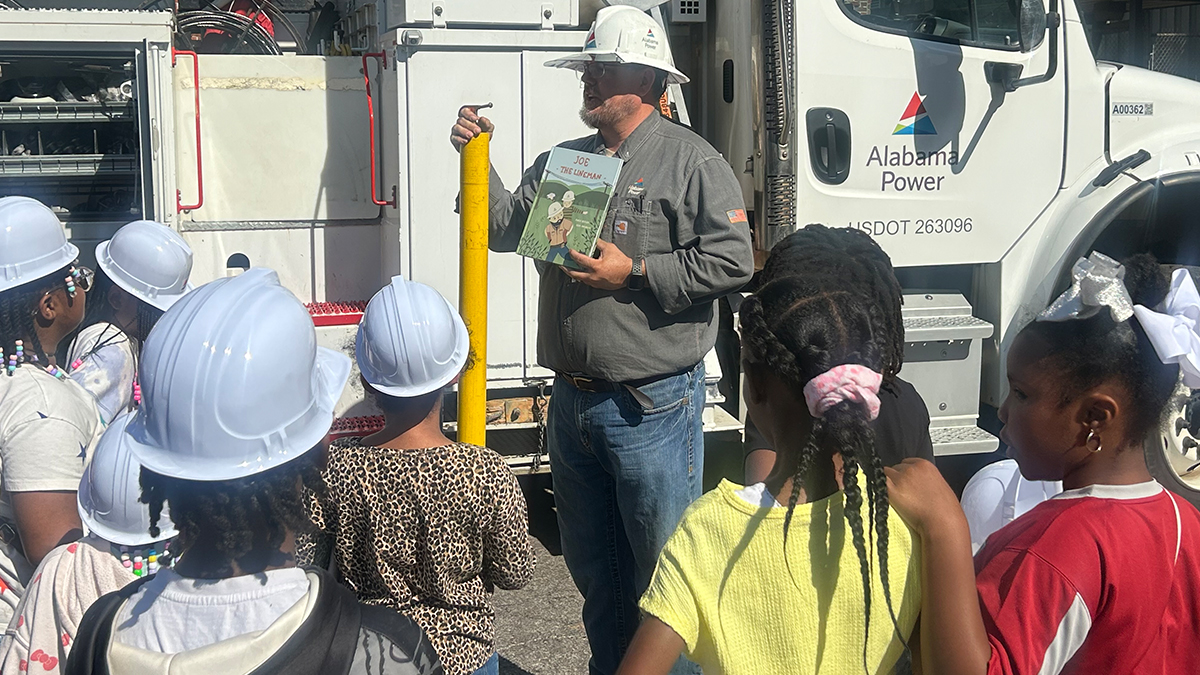The Altamont School certified as an International Monarch Waystation

Not all bugs are as beautiful as the monarch butterfly, but many are fascinating. Bama Bug Fest aims to entertain while teaching people something they don't know. (Sara Bright)
On July 13, The Altamont School became the first school in Birmingham to register as a certified International Monarch Waystation.
The project grew out of a long-term interest of Altamont science teacher Dr. Mary Williams.

A section of The Altamont School’s International Monarch Waystation. (The Altamont School)
“I teach my students about monarch migration in connection with a variety of topics: pollinators, plant reproduction, climate change, endangered species and interesting animal migrations. Because monarchs come through Alabama, I have wanted, for years, to start an official waystation. It’s finally happening,” Williams said.
Monarchs are in danger.
According to the U.S. Fish and Wildlife Service, “Habitat loss and fragmentation has occurred throughout the monarch’s range. Numbers of monarchs have decreased significantly over the last 20 years.”
However, the agency suggests that projects such Altamont’s waystation can help save the monarch: “In the United States, there is a massive effort to provide habitat for monarch butterflies, imperiled bumble bees and other pollinators. There is no one group or agency responsible for providing habitat needed for monarch conservation. All organizations, agencies and individuals must work together to improve, restore and create habitats to save monarchs.”
A group effort
Partnering with Williams on Altamont’s waystation is rising ninth-grader Anja Trierweiler, who was interested in earning her Girl Scout Silver Award with a gardening project. Using seeds from Monarch Watch, Anja and Williams germinated and planted almost 200 pots, or more than 600 seeds, in the early spring in Williams’ room and in the Altamont greenhouse.

The Altamont School’s Anja Trierweiler at the Altamont Monarch Waystation. (The Altamont School)
Once the seedlings were ready, Anja and Williams transferred them, as well as a variety of mature plants, to a totally organic garden behind the school. Included in Altamont’s garden are zinnia, Mexican sunflower, salvia, joe-pye weed, blanket flower, French marigold, black-eyed Susan, butterfly bush, phlox, purple coneflower and three types of milkweed: common, swamp and butterfly.
“Monarchs lay eggs on milkweed and need the other plants mostly for nectar,” Williams said. “It’s important to plant the correct milkweed. One of the types of milkweed most commonly found actually carries a parasite, which has hurt conservation efforts.”
In addition to planting the garden, Anja and Williams also keep the plants watered, no small task during an Alabama summer.
Williams’ family played a large role in making the garden a reality. Her daughter, rising sophomore Mary Elisa Wagner, helped start the seedlings and waters the garden. Her husband, Frederic Wagner, tilled the flower beds, contributed many bags of garden soil and helped with the planting.
More waystations needed
Williams and Anja hope that the monarch waystation will continue to grow and that other students will become involved in the work.
Altamont’s Knight and Monarch Waystation is one of only a handful in the Birmingham area.
According to the Monarch Watch – International Monarch Waystation registry, Alabama has five schools and more than 50 places certified as waystations. Tennessee has 226 waystations, while Georgia has 177.
Want your school, church, community or backyard to become a certified International Monarch Waystation? Learn how you can join by signing up at Monarch Watch’s International Monarch Waystation Program.
This story originally appeared on the Bham Now website.





